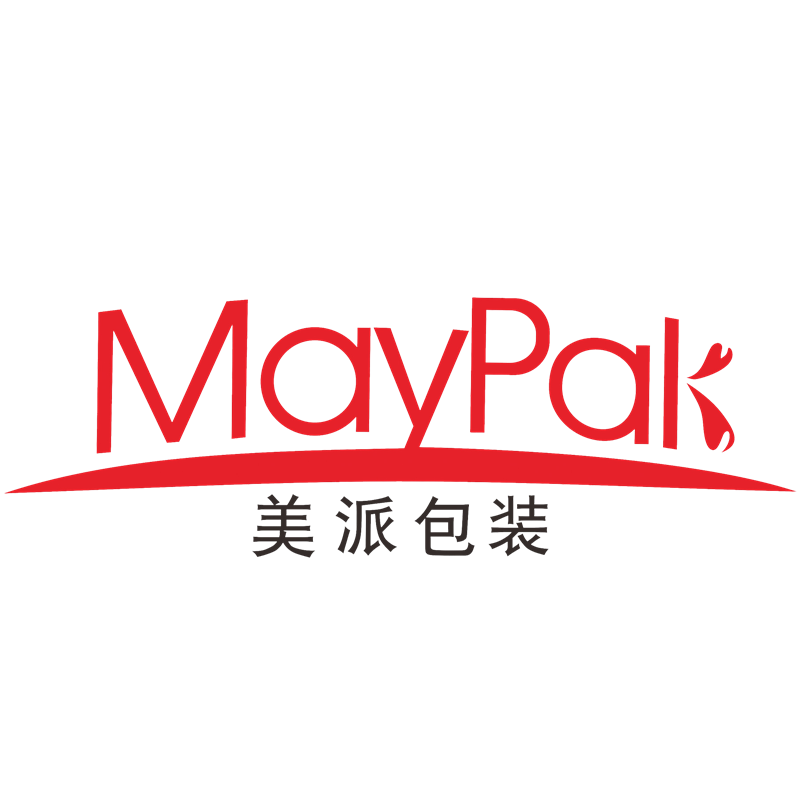In recent years, cross-border e-commerce has been frequently mentioned, and its development prospects are great. Cross-border e-commerce refers to an international commercial activity in which transaction entities belonging to different customs borders complete transactions and settle payments through e-commerce platforms, and deliver goods and complete transactions through cross-border logistics. Cross-border e-commerce can be divided into B2B mode, B2C mode, and C2C mode. Data show that in the first half of 2021, my country’s cross-border e-commerce import and export continued to maintain a good momentum of development. Cross-border e-commerce import and export was 886.7 billion yuan, a year-on-year increase of 28.6%.
Development prospects of cross-border e-commerce industry !
# National policy support to create a good development environment
Cross-border retail is a major trend in the future development of international trade, an important support for the implementation of the country’s opening-up strategy, and an important starting point for the country to actively promote supply-side structural reforms, promote industrial upgrades, and brand upgrades. In 2018, the State Council set up another 22 cross-border e-commerce comprehensive test areas. The cross-border e-commerce policy dividends have given the cross-border e-commerce industry an environment where it can develop and promote the vigorous development of cross-border e-commerce.
# The scale and penetration rate of the global retail e-commerce industry continue to increase, and the new crown epidemic accelerates the trend of online shopping
From the perspective of the development of the global cross-border e-commerce industry, the overall market size has maintained a continuous growth trend, and online shopping will become more and more popular around the world in the future. During the outbreak of the new crown virus, the number of e-commerce users has continued to increase, which has also led to a surge in market revenue. In 2020, this number has increased by 25% year-on-year to reach US$2.43 trillion. The U.S. e-commerce sales revenue in 2020 is 469.3 billion U.S. dollars, becoming the world’s second largest e-commerce market after China. According to Finaria, global e-commerce revenue will exceed US$2.7 trillion in 2021 (a year-on-year increase of approximately 11%) and will continue to grow to US$3.4 trillion by 2025.
In addition, the new crown epidemic has a greater impact on both brands and consumers. On the one hand, the new crown epidemic has further accelerated the transformation of consumers’ consumption habits, and more and more consumers purchase products online. According to data from the US Department of Commerce, the penetration rate of US retail e-commerce has increased from 16% at the end of 2019 to 27.0% in April 2020.
# China’s supply chain is gradually improved to provide favorable support for cross-border e-commerce, and at the same time export cross-border e-commerce also creates new momentum for China’s manufacturing industry
China’s cross-border e-commerce has a manufacturing foundation as a “global supply base” and possesses high-quality supply chain resources. Although China’s labor costs have risen in recent years, they are still relatively low compared to those in developed countries. In the future, lower labor costs will still be a major advantage of my country’s manufacturing industry in the division of labor in international trade.
At the same time, as the only country in the world that has all the industrial categories in the United Nations industry classification, China’s manufacturing industry has complete upstream and downstream supporting facilities and complete infrastructure to provide rich and high-quality products for cross-border e-commerce. As an important force in China’s foreign trade, export cross-border e-commerce has also created momentum for China’s manufacturing industry, and promoted the accelerated development of manufacturing to “digital, networked, and intelligent” and promoted the prosperity of the real economy. The complete domestic logistics system further promotes the development of the e-commerce industry.
According to statistics from the State Post Administration, in 2019, the total business volume of express service companies across the country completed 63.52 billion pieces and achieved business income of nearly 749.78 billion yuan, an increase of approximately 25.3% and 24.20% year-on-year respectively. Among them, the international, Hong Kong, Macao and Taiwan business volume was 1.44 billion, a year-on-year increase of 29.9%. The e-commerce logistics industry is showing a trend of sustained and healthy development, and the basic conditions for e-commerce market development services have been continuously developed and improved.
According to the statistics of China’s cross-border e-commerce export of hardware products, hardware products are extremely rich in product lines, extensive consumer groups, long product life cycles, small seasonal fluctuations in sales, and stable demand, making them very suitable for online sales.
The main export destinations of Chinese hardware products include the United States, Japan, Germany, the United Kingdom, Canada, Australia and other countries. In addition, with the support of the “Belt and Road” initiative, the scope of China’s online business has expanded to more than 100 countries and regions that have signed the “Belt and Road” cooperation documents, including Russia, Israel, South Korea, and Vietnam. The product export market is diversified and the trend of strengthening exports to the “BRIC countries” and the countries along the “Belt and Road” is in perfect harmony.
In order to open up new barriers to foreign trade under the normalized environment of the epidemic, and help more hardware and tool companies to expand overseas markets through multiple channels, the China International Hardware Show, which has been cultivated for 20 years, will follow the trend of the times and invite industry leaders to participate in the same period. Talk about the solutions of cross-border e-commerce in the hardware industry, promote high-quality tool hardware products and brands to go abroad, and promote the improvement of product quality and grade to meet the global terminal consumer demand.
